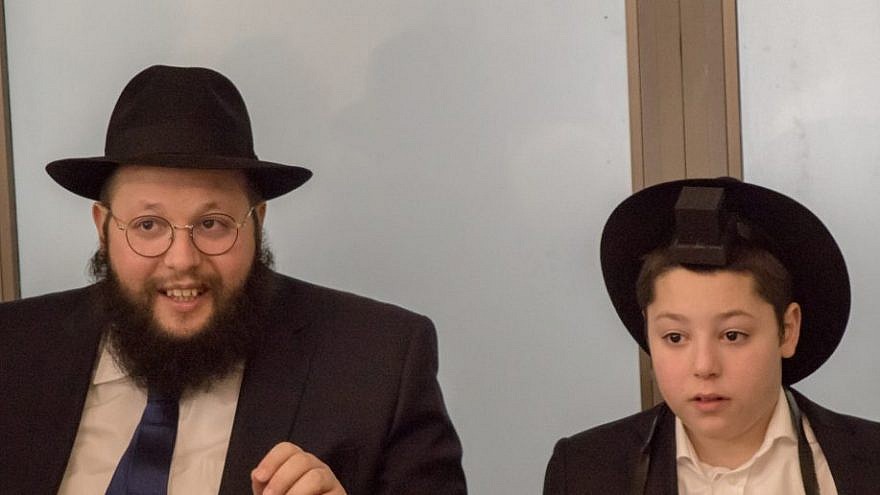For the first time since the Warsaw Ghetto Uprising, some 100 Diaspora Jewish families will celebrate the Jewish festival of redemption in the heart of what was once the ghetto.
Seventy-six years ago German troops stormed the ghetto, intent on completing the deportation process within three days, but were ambushed by Jewish rebels. The uprising broke out on April 19, 1943, the eve of Passover. The ghetto was liquidated and all its residents killed or deported to death camps.
Nakmi’a Ben-Shem (previously Feldschuh), who will be flying in from Israel to participate in the seder, explained: “Child prodigy Josima Feldschuh, the celebrated young pianist of the Warsaw Ghetto, was my aunt. She perished on April 21, 1943, shortly before her fourteenth birthday, while in hiding. Her very last meal took place the prior evening—the seder night of 1943! This year, we will be joining the seder in Poland together with her family—her brother (my father) and sister (my aunt) and I (her niece). We will be in Warsaw, on the seder night, in her city, precisely on the day that she passed away.”
She added: “Warsaw was also home to my grandmother’s immediate and extended family. It is deeply meaningful to us to be celebrating this festival of Passover together as free Jews in a place where so many, including our own family, perished tragically.”
Among local guests of the seder are are the members of the Spielman family, whose uncle Vlaidslav Spielman was a world-famous pianist. Albert Stankovski, director of the Warsaw Ghetto Museum, which is currently being constructed by the Polish government, will also attend.
“Before the War, approximately one third of Warsaw was Jewish,” recounts Stankovski. “Commemorating pre-War Jewish Warsaw and celebrating the growth of the current Jewish community is of utmost importance to us. The Passover celebration organized by Rabbi Shalom Ber Stambler and Chabad Lubavitch is a vital part of this process.”’
Stankovski said that with the museum “we aim to preserve, for future generations, the memory of the Jews of Warsaw who were imprisoned behind the ghetto walls during the German occupation and subsequently murdered in the German camps.”
The museum will be housed in the historic building of the former Children’s Hospital established by Jewish families Bersohn and Bauman as a clinic for children of all faiths. The exhibition at 60 Sienna Street is due to open on the 80th anniversary of the outbreak of the Warsaw Uprising.
Rabbi Stambler and his family were sent by the Lubavitcher Rebbe to Warsaw in 1991 with the mission of revitalizing Jewish life in Poland.
Since then, they have invested enormous energies in cultivating Jewish life, culture and resources in a city where Judaism was largely wiped out during the war.
The communal Passover seder is one of their latest effort to rejuvenate the community and spread awareness of Jewish identity and Jewish life in Poland.
“It is very significant for us to be celebrating Jewish holidays, and particularly the seder night, which symbolizes Jewish freedom and the day that we united as a nation, in a place where not long ago others sought to destroy us. Throughout the ages, the Jewish people have been oppressed by many nations, yet we have always emerged triumphant,” said Rabbi Stambler.

























